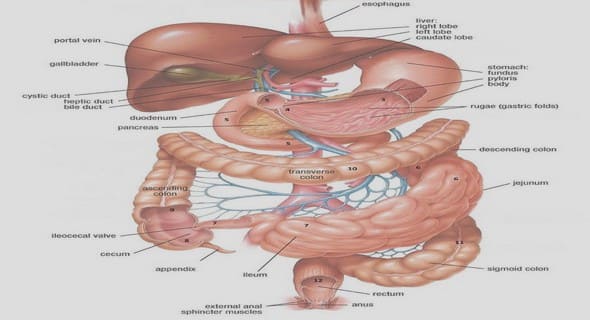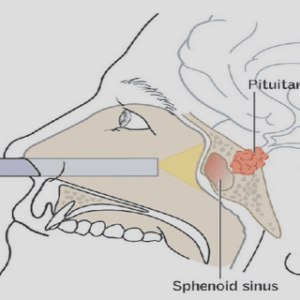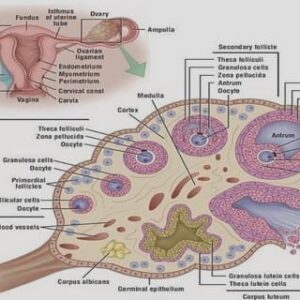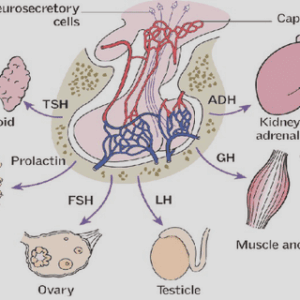(Downloads - 0)
For more info about our services contact : help@bestpfe.com
Table of contents
PART 1 – Forward
PART 2 – Review of the literature
I. VASCULAR FUNCTION AND DYSFUNCTION
A. THE ENDOTHELIUM IN NORMAL VASCULAR HOMEOSTASIS 30
1. Vasodilators
a. Nitric oxide
b. Vasodilatory prostaglandins
2. Vasoconstrictors
B. ENDOTHELIAL DYSFUNCTION: THE ROLE OF OXIDATIVE STRESS
1. Oxidative stress
a. Major sources of ROS in the vasculature
b. Antioxidants
i. Non-enzymatic antioxidants
ii. Enzymatic anti-oxidants
2. ROS and reduced NO bioavailability
a. NO degradation to peroxynitrite
b. Endothelial Nitric Oxide Synthase Uncoupling
C. INFLAMMATION AND VASCULAR DYSFUNCTION
1. The inflammatory response in the vasculature
2. Cytokines: major mediators of the immune response
3. Cytokine induced signaling and vascular reactivity
4. Oxidative stress and inflammation: sources of vascular dysfunction
II. TYPE 2 DIABETES
A. DIABETES: A GLOBAL HEALTH PROBLEM
1. Diabetes mellitus: a brief definition
2. The global burden of diabetes mellitus
B. PATHOPHYSIOLOGY OF TYPE 2 DIABETES
1. The interplay of genes and the environment in the development of T2D
2. Insulin resistance
3. β-cell dysfunction
4. Adipose tissue and inflammation
C. DIABETES MELLITUS AS A VASCULAR DISEASE
1. Evidence of vascular dysfunction in type 2 diabetes
a. Human studies
b. Animal studies
2. Microvascular complications
a. Retinopathy
b. Nephropathy
c. Neuropathy
3. Macrovascular complications
D. CAUSES OF VASCULAR DYSFUNCTION IN T2D
1. Hyperglycemia and vascular dysfunction
2. Insulin resistance
3. Free fatty acids
E. BLOOD RHEOLOGY IN TYPE 2 DIABETES
1. Blood rheology and its parameters: a brief summary
a. Whole blood viscosity
b. Red blood cell deformability
c. Red blood cell aggregation
2. Alterations in blood rheology related to type 2 diabetes
III. SICKLE CELL DISEASE AND SICKLE CELL TRAIT
A. SICKLE CELL DISEASE
1. Sickle cell disease and the hemoglobin molecule
2. Sickle cell anemia
3. Distribution and prevalence of the HbS mutation
B. PATHOPHYSIOLOGY OF SCA
1. HbS polymerization
2. Hemolytic anemia
3. Vaso-occlusive crises
4. Blood rheological profile in SCA
C. OXIDATIVE STRESS IN SCA
1. HbS auto-oxidation
2. Free plasma hemoglobin, heme, and iron
3. VOC ischemia-reperfusion: activation of XO
4. Inflammation
5. NO availability in SCD
a. Peroxynitrite formation
b. Hemolysis and NO bioavailability
D. SICKLE CELL TRAIT
1. Blood rheological abnormalities in SCT
2. Coagulation
3. Inflammation in SCT
4. Oxidative stress in SCT
5. Complications associated with SCT
a. Exercise-related Deaths
b. Renal Complications
c. Venous Thromboembolism
d. Stroke
e. Retinopathy
IV. COMBINED TYPE 2 DIABETES AND SICKLE CELL TRAIT
A. SCT and metabolic control
B. SCT and type 2 diabetes diagnosis
C. SCT and T2D-related complications
PART 3 – Personal Contributions
COMMENT: Sickle-cell trait and diagnosis of type 2 diabetes
STUDY 1: Evaluation of Agreement Between HbA1c, Fasting Glucose, and
Fructosamine in Senegalese Individuals with and without Sickle-cell Trait
STUDY 2: Increased prevalence of type 2 diabetes-related complications in
combined type 2 diabetes and sickle cell trait
STUDY 3: Altered blood rheology and impaired pressure-induced cutaneous
vasodilation in a mouse model of combined type 2 diabetes and sickle cell trait160
STUDY 4: Altered acetylcholine-mediated endothelium-dependent vasodilation invivo in a mouse model of combined type 2 diabetes and sickle cell trait
PART 4 – Conclusions and perspectives
PART 5 – References
PART 6 – Publications and communications



